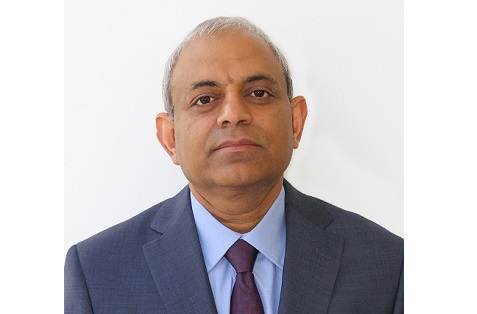With alternative capital now representing an increasingly sizeable portion of overall industry capital, reinsurers should be pursuing new hybrid structures and longer-term partnerships with this section of the market.
 This is according to Shiv Kumar, President of GC Securities, the capital markets and ILS arm of reinsurance broker Guy Carpenter (GC), who recently explored some of the benefits offered by these increasingly popular business models.
This is according to Shiv Kumar, President of GC Securities, the capital markets and ILS arm of reinsurance broker Guy Carpenter (GC), who recently explored some of the benefits offered by these increasingly popular business models.
The hybrid model has manifested itself over the years in more limited forms, he noted, as reinsurers have organically grown or acquired capital platforms that allow some sharing of risk across third-party balance sheets.
Conversely, some sovereign wealth funds and pension funds have partnered with rated reinsurers to focus on property catastrophe risk. Sidecars have been another popular hybrid product but are typically limited to annual agreements.
“Despite their various strengths, the current alternative capital structures have several important shortcomings,” Kumar explained.
“It is difficult to access risk on concurrent terms and conditions on a collateralized basis in the reinsurance market. Alternative capital does not benefit from the underwriting leverage that the rated reinsurers enjoy. Funded structures also trap collateral upon a partial loss, thereby taking capital out of circulation.”
“Therefore, there is a need for structures that allow investors to continuously access a broad portfolio of risks over time through a licensed and rated entity while leveraging their capital, with a potential exit strategy,” he continued.
GC believes new hybrid approaches to alternative capital will facilitate the expansion of the market in both size and scope toward whole account quota shares or enterprise-level partnerships, covering a broader set of business lines beyond property treaty.
Alternative capital makes up almost a quarter of the total reinsurance industry capital and is beginning to approach the $100 billion mark, but still only comprises a fraction of the total global assets under management.
“Given the diversification benefit of (re)insurance risk as an alternative investment strategy and the ongoing search for yield in the global credit markets, the flow of capital into the sector is unlikely to reverse in the near to medium term,” Kumar remarked.
“This dynamic highlights the need for the reinsurance industry to innovate and pursue new strategies to utilize this source of capital efficiently.”
Strategic partnerships could offer a flexible strategy to introduce a broader set of risks and longer-term arrangements, as carriers and investors can use the existing infrastructure to share in-force business or create new rated or unrated entities to underwrite new business.
The agreement could provide reinsurers with potentially lower-cost capital and investors access to business that they would not otherwise be able to source or underwrite independently, Kumar suggested.
“The key to these arrangements is a strong alignment of interests between the parties,” he said. “In our advisory role we encourage transparency between both sides to build trust for the long term.”
“We design these capital structures to optimize efficiency for both the carrier and the investor. We access our firm’s reinsurance expertise, analytical capabilities, brokerage relationships and capital connections to ensure that the structure is responsive to the client’s needs, and creates meaningful value for both sides that can be sustained.”


